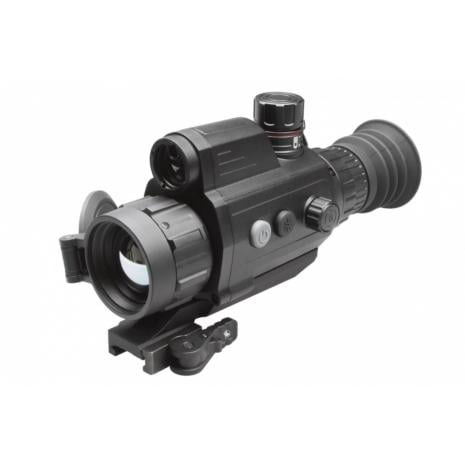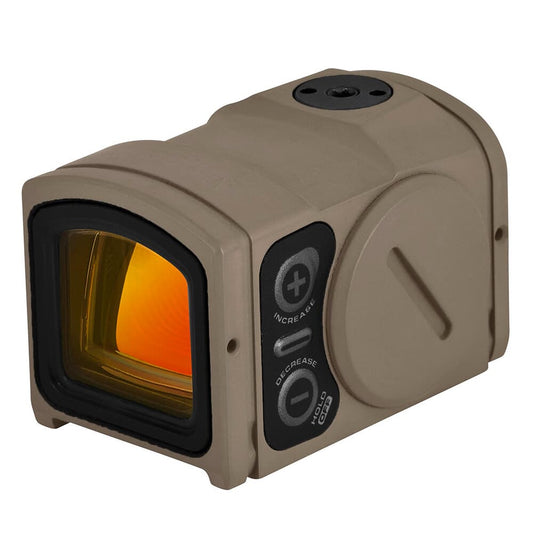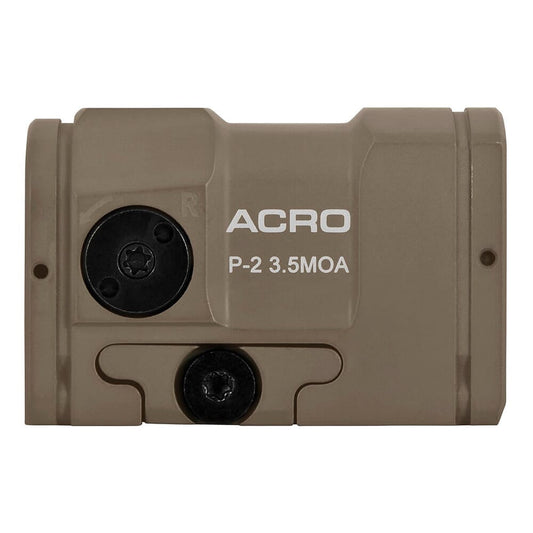

AGM Varmint V2 LRF 50-384 Thermal Rifle Scope w/built-in Laser Range Finder
AGM Varmint V2 LRF 50-384 Thermal Rifle Scope features a built-in laser rangefinder, allowing for precise distance measurement crucial during hunting scenarios. Its lightweight housing and a removable rechargeable 18650 battery ensure ease of use and portability. The upgraded sub-20mK 12-micron thermal sensor enhances image clarity, making it effective in various lighting conditions. The high-resolution OLED display offers sharp visuals, while the 50 Hz imaging ensures smooth performance, critical for tracking fast-moving targets.
Additional features like an on-board ballistic calculator and customizable image settings improve usability, while the recoil-activated video with sound allows for easy documentation of your hunting experience. The AGM Connect app facilitates quick image and video transfer, ensuring that your best moments are easily accessible. Each unit comes with an American-made ADM mount for effortless attachment to different rifles, backed by AGM’s comprehensive customer support and a fully transferable 5-year warranty.
Features:
- SUB-20MK THERMAL SENSOR for enhanced image clarity in low light conditions.
- BUILT-IN LASER RANGEFINDER provides accurate distance measurements for better shot placement.
- HIGH RESOLUTION OLED DISPLAY ensures sharp visuals even in challenging environments.
- RECOIL-ACTIVATED VIDEO captures your hunting experiences with sound effortlessly.
- ON-BOARD BALLISTIC CALCULATOR aids in precise shooting adjustments.
- CUSTOMIZABLE IMAGE SETTINGS allow you to tailor your viewing experience based on preferences.
- USB TYPE C POWER PORT enables external power supply options for extended use.
- ADM QUICK RELEASE MOUNT simplifies switching between rifles without hassle.
Technical Specifications Table
| Feature | Specification |
|---|---|
| Magnification | 2x - 4.5x Digital Zoom |
| Resolution | 384 x 288 pixels |
| Sensor | 12 Micron Thermal Sensor |
| Imaging Frequency | 50 Hz |
| Battery Life | Up to 6 hours |
| Storage | 16 GB Built-in EMMC |
| Weight | Lightweight Design |
| Dimensions | Compact and Portable |
What's in the Box?
- AGM Varmint V2 LRF Thermal Rifle Scope
- American-made ADM Quick Release Mount
- USB Type C Charging Cable
- User Manual
- Warranty Registration Card
Customer Reviews
"The clarity in low light is impressive. The rangefinder is spot on!"
"Easy to use and perfect for my night hunts. Highly recommend!"
"The video feature is a game changer. Love capturing my experiences!"
FAQ
How does the thermal sensor perform in varying temperatures?
The sub-20mK thermal sensor is designed to perform consistently across a range of temperatures. It effectively detects heat signatures, making it ideal for various hunting conditions, ensuring visibility in cold or warm environments.
Can I use the AGM Varmint V2 LRF during the day?
Yes, while primarily designed for low-light conditions, the AGM Varmint V2 LRF can also be used during daylight. However, optimal performance is achieved in lower light settings where thermal imaging excels.
How does the AGM Varmint V2 compare to other thermal scopes?
Compared to other thermal scopes, the AGM Varmint V2 offers a superior thermal sensor, built-in rangefinder, and a user-friendly interface. Its impressive battery life and customizable settings provide a significant edge for serious hunters.
Similar Models
Explore our full range of AGM thermal optics, designed for different hunting situations. Check out the AGM Varmint V2 640 for higher resolution and advanced features, or the AGM Rattler series for compact thermal solutions. Discover the complete lineup that suits your specific hunting needs.
You May Also Like
Here’s some of our most similar products people are buying. Click to discover trending style.













